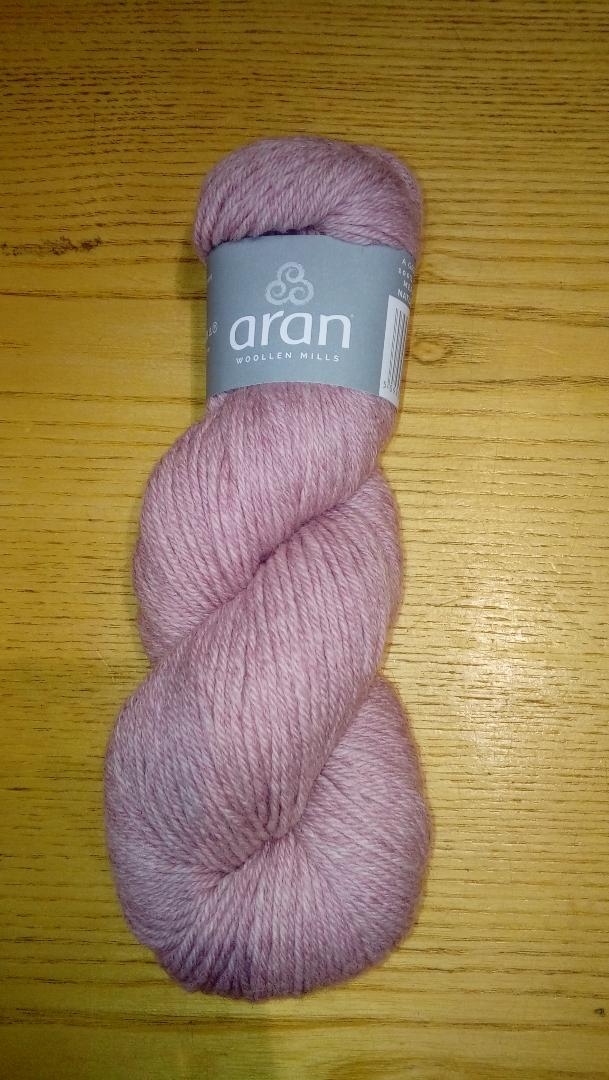Useful Bamboo Clothing Blog
Wiki Article
Why Is Yak Merino Wool Base Layers Effective For Winter Sport Clothing With Regards To Natural Fiber Benefits?
Sustainable and renewable Yak Merino wool's base layer is extremely effective in winter sportswear and not just due to its performance well, but also because of its fiber's natural advantages.
Yak and Merino Wool are both organic fibers that are derived from animals. These renewable resources can be harvested sustainably and without harming animals. These fibers biodegrade that means they are not harmful to the environment.
Low Environmental Impact
Natural fibers generally have a lower impact on the environment as compared to synthetic materials. The wool production process is more environmentally friendly than synthetic fibers as it involves less chemical processes.
Energy Efficiency
Wool fibers use less energy than synthetic fibers like nylon or polyester. Natural wool production is energy efficient, which results in a lower carbon footprint.
Reducing Microplastic Pollution
Contrary to synthetic fibers that release microplastics when washed natural wool fibers do not contribute to the microplastic pollution of the water bodies.
Durability, Recyclability, and Longevity
Yak merino wool clothing is typically durable and last for a long time, extending their lifespan. Wool fibers can be reused and reused. This helps reduce production waste and the impact on the environment.
Sustainable Practices-
Certain wool producers use ethical and sustainable practices. This includes ensuring animal welfare and responsible land management. Also, they ensure the fairness of labor and working conditions for workers involved in production.
Environmental Certification-
The Responsible Wool Standard or the Global Organic Textile Standard are certificates that prove ethical and environmentally conscious practices in the wool industry. They offer consumers assurances about sustainable practices.
In general yak Merino wool base layers support environmental sustainability since they are made of natural fibers, have minimal environmental impact and also incorporate sustainable and ethical practices in the supply chain. By choosing natural fibers such as yak merino for winter sportswear, you are supporting environmentally responsible and sustainable consumption practices. Check out the most popular consultant about merino wool base layer for blog tips including merino wool base layer womens, merino wool long johns, smartwool 250 base layer, smartwool men's classic thermal merino base layer crew, heavyweight merino wool base layer, merino wool thermals, merino wool ski base layer, smart wool baselayer, merino wool base layers, wool undershirt women's and more.

What Are The Advantages Of Bamboo Clothing For Outdoor Winter Clothes In Terms Of Comfort, Durability And Protection?
Bamboo clothing is an excellent choice for outdoor clothing providing comfort, safety and environmental sustainability.
Bamboo fabric is smooth and soft that makes it gentle on the skin. Bamboo fabric is frequently compared for luxury to silk and cashmere.
Bamboo fibers are wicking in moisture that help to remove moisture and keep users dry and comfortable when they're engaged in physical activities.
Thermal Regulation- Bamboo clothing has natural temperature-regulating properties, providing warmth in winter while remaining breathable to prevent overheating.
Sustainability-
Bamboo is a resource which can be used to grow rapidly and without pesticides. It regenerates quickly and therefore is a great option for clothing that is sustainable.
Bamboo farming has less ecological impact than cotton cultivation. Bamboo doesn't reduce soil nutrition and needs less water. Bamboo produces more oxygen and absorbs CO2 than to other plants.
Protection for Outdoor Wear-
UV Protection Bamboo fabric is naturally UV resistant and provides natural protection from harmful UV rays.
Bamboo is antibacterial and has antimicrobial properties. Bamboo contains "bamboo Kun," a natural agent that blocks the growth of the bacteria responsible for odors. This helps keep clothes fresher for longer, particularly when worn outdoors.
The Other Benefits
Bamboo fibres are durable and durable. They are suitable for outdoor clothing that is susceptible to abuse.
Biodegradability: Bamboo clothes are biodegradable. It will be degraded naturally at the end of its lifecycle, reducing its environmental impact.
For winter outdoor clothing, the bamboo fabric provides the comfort of cotton and thermal control. It also manages moisture and is sustainable. Take a look at the recommended bamboo clothings tips for more examples including bamboo yoga trousers, bamboo ladies clothing, bamboo fiber t shirt, bamboo undergarments, clothes made from bamboo, bamboo yoga clothing, cotton bamboo pajamas, bamboo bed clothes, clothes made from bamboo, bamboo pants ladies and more.

What Are The Main Differences Between Merino, Bamboo And Wool Clothes In Regards To Texture, Warmth And Absorption?
Examine the texture, warmth and absorption of bamboo, merino and traditional wool clothes.
Merino Wool Merino Wool, also known as fine-fibered wool is well-known for its softer texture and smoother fibers. It is often regarded as more comfortable to the skin.
Clothing is made of Bamboo. The bamboo is a smooth, silky fabric that is often compared to silk and cashmere. It's soft and smooth, which makes it comfortable to wear.
Traditional Wool - Traditional wool may vary in texture, certain types of wool may feel rougher and are more likely to cause irritation or itching compared to bamboo clothing or merino.
Warmth-
MerinoMerino Merino offers exceptional warmth due to its insulation properties. It is able to retain heat even if it is it is wet. This makes it an excellent insulation material in cold weather.
Bamboo Clothing Bamboo Clothing warm but does not have the same insulation level that merino does. It regulates the body temperature and provides comfort under various conditions.
Traditional Wool- Much like wool from merino sheep wool traditionally provides warmth and insulation. The traditional wool can be heavier than merino and bamboo clothing.
Moisture Absorption-
Merino Wool Merino Wool, with its remarkable ability to wick moisture removes moisture from skin and allows it evaporate. It is warm when wet.
Bamboo Clothing - Bamboo fabric also has the ability to wick moisture that draw moisture away from the skin, and providing comfort during physical activities. It is able to regulate moisture while keeping the wearer dry.
Traditional Wool - While wool can absorb moisture, it may not have the same moisture-wicking properties as merino wool or bamboo fabric. Some types of wool can feel damp and heavy when they are wet.
Summary, merino has a reputation for the softness, warmth, and effectiveness of moisture wicking. Bamboo clothing provides smooth, silky texture that provides sufficient warmth and moisture control. Traditional wool can have distinct texture, offer warmth and moisture absorption, however they are more coarse or heavier in comparison to the bamboo or merino clothes. Each fabric has its own characteristics to cater for different preferences in clothing. View the top koraoutdoor.com winter clotihng for site advice including smartwool 250, ski thermals mens, long underwear for skiing, merino wool base layer women's sale, cheap merino wool base layer, 100 merino wool base layer, ski thermals, merino wool long underwear, merino wool long underwear mens, spyder baselayer and more.
